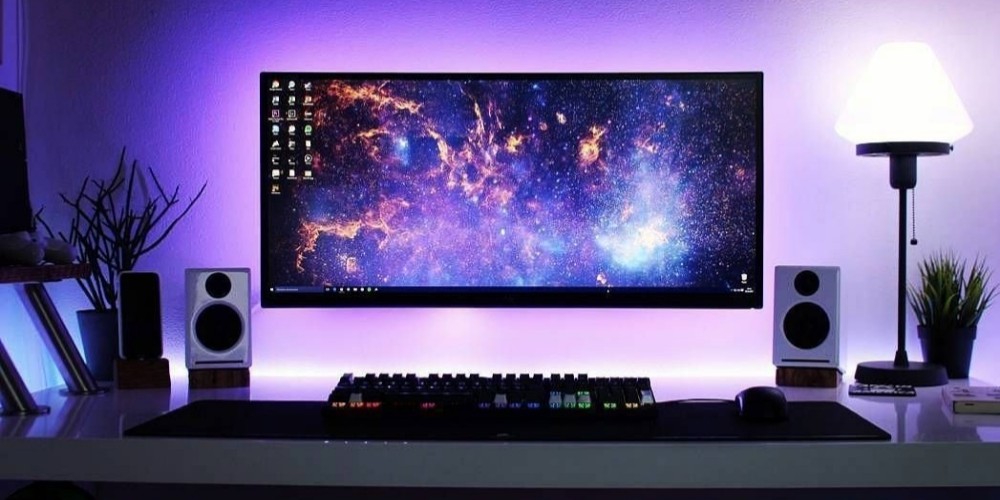Everything you need to know about RGBW LED strip light
Essential things to know about RGBW LED strip light
Beginner's guide to RGBW LED strip light
LEDs or light-emitting diode is a form of light that is becoming popular today for corporate and domestic illumination. Although there are various types of lighting systems, LEDs seems to be the best option for most people now. This light type is unique because it does not require much amount of electricity to power on. Also, by design, LEDs are known for their low-level heat, durability and can be easily controlled.
Looking at the LED arrangement, buyers may think the process is straightforward. However, before replacing your light set with LEDs, you must consider some factors to ensure the ones you are buying will be suitable and meet your requirements. This article will teach you everything you should know about waterproof LED strip lights.
Difference between RGBW LEDs and RGB LEDs
Sometimes buyers use RGBW and RGB interchangeably, thinking they are the same. The distinction between the two is that RGB LED strip uses a 3-in-1 LED chip consisting of red, green, and black.
RGB lights can project three different lights, and at the brightness peak, the three lights are almost white. In contrast, the RGB+W strip uses a 4-in-1 LED chip and has all the features of a 3-in-1 RGB chip alongside a white chip.
Why choose LEDs?
- Longevity
Imagine the cost of changing your light bulb every month due to continuous burnout. That would put quite a dent in your pockets. Aside from the cost of replacing the bulbs, you will have to budget for the technician that will carry out the task. So, what if you change your light set to LEDs? That is an intelligent choice. LED lights are built to last, thus saving you additional costs on fixing your lights every month. With an average lifespan of 500000 hours, you can be assured that LEDs will last 17 times more than an average fluorescent bulb.
- Energy efficiency
With the rising cost of power, increasing your power consumption bill should be off your mind at the moment. Unlike traditional fluorescent bulbs, LEDs bulb do not increase your power bill. Instead, it will help you cut down your energy bill. With LEDs, the bulb only needs just 10% of the power level used by traditional bulbs to give you the illumination you’ve always desired.
- User experience
Aside from the two reasons above, you should consider replacing your light set with LED because it is convenient. Each LEDs strip is available as part of an LED strip light kit, and a complete reel of LED strip ranges from1-meter to 5-meters in length. It also has a dedicated 12volt capacity that can be plugged and played. Also, if the distance is far in-between, LED lights have features that can control the lights remotely, thus giving you an excellent user experience.
How to connect LED strips?
To power your LED strip, you must ensure it is connected to a DC power supply or another LED strip already connected to a DC power supply. For LEDs, the power connection is not uniform. Instead, the connection method will be determined by the plug alongside the LED itself or the type of wire.
However, if you are unsure about the connection method, you should hire a technician or use solderless connector accessories to connect the LED strips to a power source.
Conclusion
RGBW LED strips are a unique set of light that can make your home, office, and outdoor look great. So, instead of consistently expending additional resources on traditional fluorescent, it is more economically viable to switch to RGBW bulbs.


